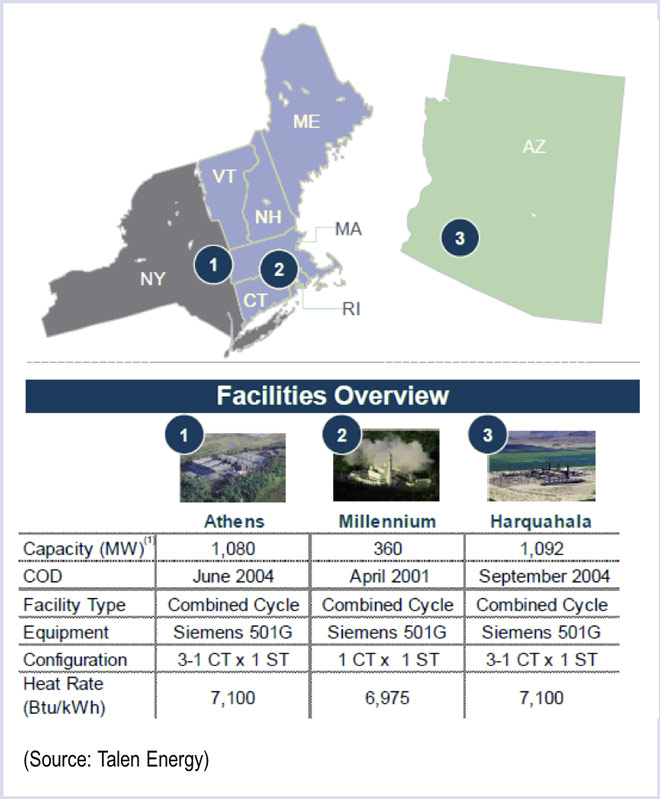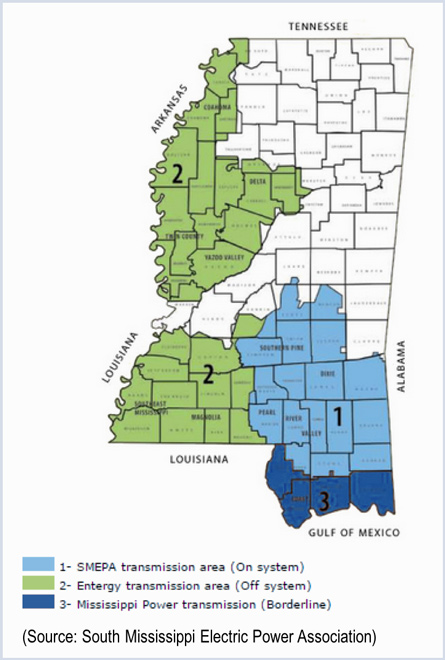By Rich Heidorn Jr.
PJM told federal regulators last week they should reject requests to incorporate demand response and energy efficiency in upcoming transition auctions for the RTO’s new Capacity Performance regime.
But the RTO also offered two alternatives for including DR and EE in the auctions, saying the “less risky” option would be to limit participation to previously cleared resources.
Consumer groups and others asked the Federal Energy Regulatory Commission earlier this month to compel PJM to allow DR and EE to participate in the auctions, which begin July 27. (See Regulators, Generators, IMM Seek Changes to PJM Capacity Performance Order.)
Load Forecast Challenge
On Monday, PJM also responded to a separate challenge by consumer advocates who asked FERC to order the RTO to use an improved load forecasting model for the transition auctions and the Base Residual Auction set for Aug. 10-14 (EL15-83).
PJM said the changes in the new model “are yet to be finalized and are not ready to implement.”
“In essence, the complainants seek to utilize the complaint process to supplant a technical regional transmission organization process of testing and review of load forecasting enhancements [that is] still underway.”
Glide Path
PJM said the transition auctions were designed to “provide a glide path” for generation resources that needed time to make investments to meet Capacity Performance requirements and were not necessary for other resources. PJM also said it was concerned about the continuing uncertainty following the D.C. Circuit Court of Appeal’s EPSA ruling voiding FERC’s jurisdiction over DR.
The RTO, however, offered what it called “constructive alternatives” should the commission grant the complainants’ request.
Given the risk that EPSA could be upheld by the Supreme Court, “it is reasonable to limit participation of DR and EE to previously cleared Annual DR and EE for these transitional auctions,” PJM said in its July 15 filing (ER15-623, EL15-29).
PJM said the 1,246 MW of DR and EE that cleared for the 2016/17 delivery year and the 2,828 MW that cleared for 2017/18 could submit sell offers in the transition auctions to convert to a Capacity Performance product.
“PJM cautions the commission from allowing more Annual DR and EE than that which has already cleared from being eligible to participate in the transition auctions. This limitation would allow previously cleared DR to become eligible as Capacity Performance without increasing the magnitude of any unwinding and replacement of DR should the Supreme Court’s ruling be adverse to the commission,” PJM said.
More Risky
The RTO said a “much more risky and less preferred option” would be to allow previously offered but uncleared Annual DR and EE to participate in the transitional auctions. That would allow participation of as much as 4,337 MW for 2016/17 and 8,981 MW for 2017/18.
The practicality of either option is questionable under the current schedule, however. The transition auction for 2016/17 is set for July 27-28 and that for 2017/18 for Aug. 3-4.
PJM said the resources would have to submit updated DR sell offer plans 15 days prior to the auction and EE measurement and verification plans 30 days prior to the auction, as they had to do for participating in the Base Residual Auctions. All of those dates have expired, PJM said.




